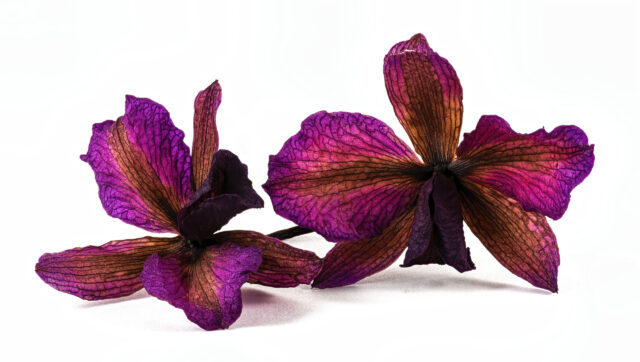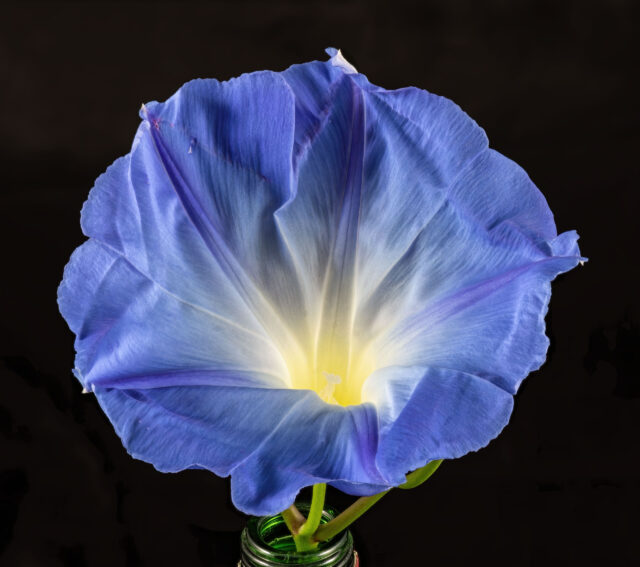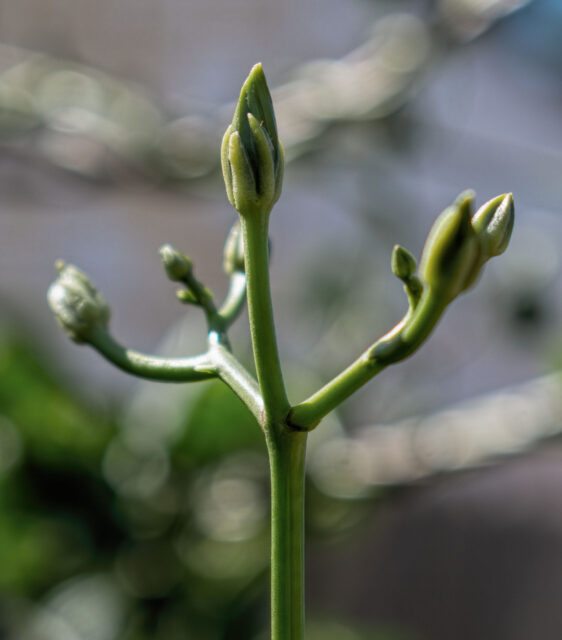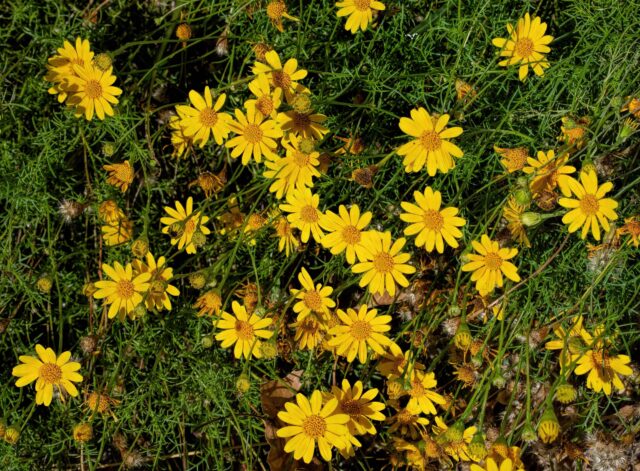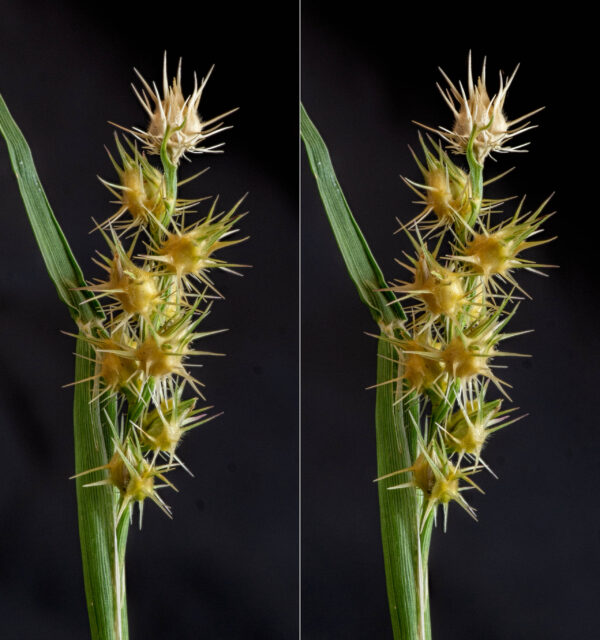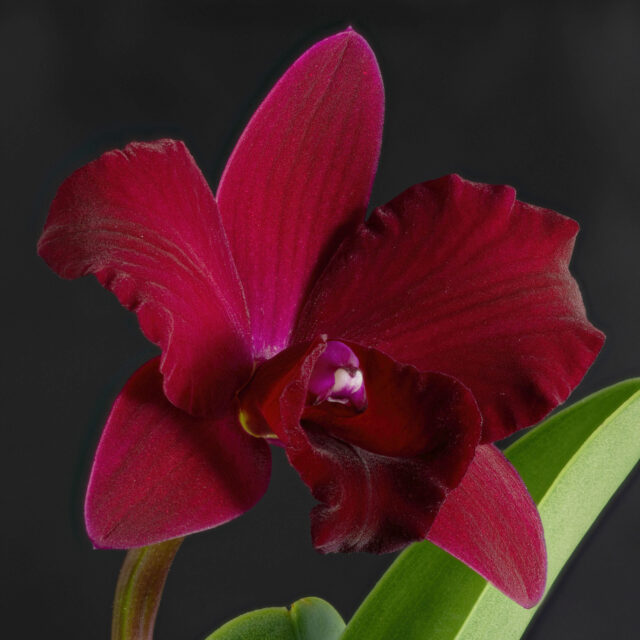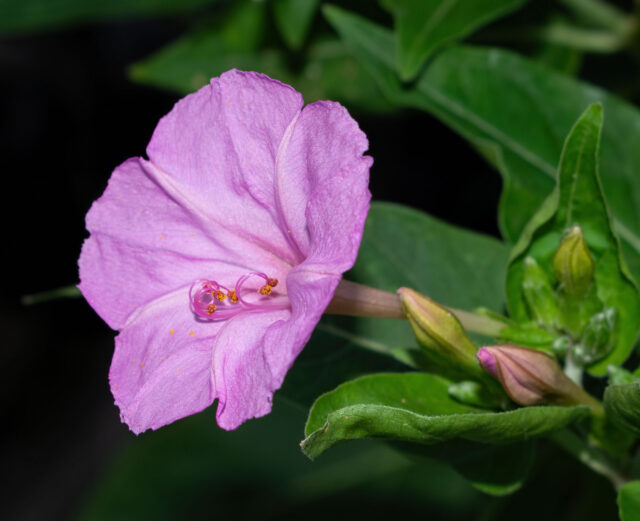Long before The Haunting of Hill House, P.G. Wodehouse explored the possibilities of malevolent spirits infesting old houses. Here is probably the most chilling story Plum ever wrote, published nearly a century ago in 1925.
Irreproducibility
When I check the daily rankings at Pixiv, I’m usually content to enjoy the pretty, albeit anime-style pictures. Once in a while, though, I wish I could read Japanese, such as on the manga page above which caught my eye this morning.
(If you visit Pixiv, be aware that many of the artists are males stuck in randy adolescence, and not all the pictures are tasteful.)
Answers
Debussy’s greatest hits, arranged for motorbike and schoolgirl
What sort of music do you associate with motorcycles? Something fast and furious, like Steppenwolf or The Rodeo Carburettor? Something with fiery guitar, like Joe Satriani or Jan Cyrka?
How about Debussy? The first music heard in the extended Honda commercial Super Cub is his thundering first “Arabesque.” Later in the first episode, when the protagonist goes on her first night ride, she putts along to the pounding beat of “Clair de lune.” Over the course of the twelve episodes there is more Debussy, plus additional piano music by composers from Beethoven to Schumann.1
Against my better judgement, I’ve taken out a membership at Crunchyroll again. While most current shows look like isekai drivel, there are some recent offerings that might be worth my time. Atomic Fungus liked Super Cub, so I started with that.
High school student Koguma states at the beginning of the first episode that “I have no parents. No money, either. Nor do I have any hobbies, anyone I can call a friend, or any goals for the future.” One day, after struggling up a long slope on her bicycle once too often, she stops by a motorcycle shop, where she purchases a Honda Super Cub for a suspiciously low price. One of her classmates turns out to be a Cub enthusiast, and suddenly the emotionally withdrawn Koguma has a friend. Over the course of the series Koguma learns how to ride and maintain her bike, finds a summer job, solves various problems associated with riding a motorcycle, and gradually becomes a more competent and sociable individual.
The series it most resembles is laid-back Yurucamp, with girls doing outdoorsy things, and featuring an introverted central character. There are significant differences, though. Yurucamp‘s Rin is a fundamentally healthy person who enjoys solitude, while Koguma’s isolation at the beginning of Super Cub is nearly pathological. The art and character designs in Yurucamp are more cartoony and the characters themselves more boisterous than their counterparts in Super Cub. And there is no Debussy in Yurucamp. Still, if you enjoyed watching Rin and the Outdoor Activities Club, Super Cub is worth checking out.
I can’t give the show an unreserved recommendation. In the tenth episode, after a snowfall Koguma and her fellow Cub enthusiast frolic on their motorbikes on a snowy field, taking lots of spills. Perhaps it’s not as dangerous as it looks, but it seems like an excellent way to break arms and collar bones. Immediately after that, another girl falls into a stream in freezing weather and calls Koguma for help. Rather than summon emergency services, Koguma carries the barely-conscious girl to her apartment on her motorbike and revives her there. The girl survives and her family is grateful to Koguma, but Koguma’s heroics nearly killed the poor girl.2 If you watch Super Cub, I suggest you stop at the middle of the tenth episode and skip to the twelfth.
Continue reading “Debussy’s greatest hits, arranged for motorbike and schoolgirl”
Dead Catt blues
Each of the very red Cattleya flowers lasted a full four weeks. Even after they finally fell off the plant, they retained their form and pigments. They look particularly colorful when illuminated from the back.
The freakish freezes earlier this week wiped out most of the morning glories before they bloomed. Not all, though: those growing on the fence under a mulberry tree survived. Apparently the canopy of leaves conserved enough heat that the vines were able to weather the 24°F temperature. Those particular plants were lagging behind the others, though, and they still might not bloom before the next hard freeze.
The afternoon before the first freeze I cut the flowering stem that was furthest along and put it in water inside the house. Today the first and probably last flower opened; my efforts were not completely in vain. Much as I like the color blue, though, I probably will grow something else next year.
(The Burpee seed packet states “75 days to bloom.” Nope.)
Potential blues
I’ve always wanted to grow morning glories. When I was young, my parents wouldn’t let me — they’d heard that the seeds were full of LSD.3 In Wichita I never had a place for them. But now I finally have fences and old stumps suitable for vines, so I planted some “Heavenly Blue” seeds in the spring. The vines grew strongly. However, they never showed any inclination to bloom until this month. Now the plants are full of buds, and soon should be masses of blue — maybe. Unfortunately, the forecast for next week includes a freeze. Perhaps the temperatures won’t be as cold as predicted, or maybe the vines can take a few degrees of frost and survive to bloom. But if the freeze does kill them prematurely, I will not be happy.
A few last snapshots from the garden:
Dahlberg daisy (Thymophylla tenuiloba) is possibly the most under-appreciated of all garden annuals. It blooms profusely from late spring to frost, has attractive finely-divided foliage, stays low and makes a tidy ground cover, and tolerates hot and dry conditions very well. Despite its virtues, I’ve only once seen plants offered at a garden center. Fortunately, it’s easy from seed, which is available online.
Unlucky Thirteen
I’ve uploaded some interactive panoramas from the Cosmosphere in Hutchinson. The one above shows the command module “Odyssey” from the “successful failure” Apollo 13, flown in April 1970. You can see the rest of the additions here (click on the “recent” tab). They are best viewed in full-screen mode.
Rising in the east
If you have clear skies this week, you might want to take a look at Jupiter. It’s in opposition to the sun as viewed from the earth, and it is also the closest it’s been to the earth in 70 years.
Pain in three dimensions
Cenchrus longispinus, one of my least favorite grasses, is abundant in lawns and along paths. All the spines on the nutlets are quite sharp, and they are covered with microscopic barbs. They readily catch on socks and penetrate skin and are painfully hard to remove. The photo above of the vicious little plant is a crossview stereo picture, with the right-eye image on the left and vice-versa. If you cross your eyes, you can see the menacing thing in three dimensions. It’s easier to do than to explain how; this is as good a guide as any.
Red red red red red
One of the plants I ordered in the spring from Sunset Valley Orchids bloomed this week. It’s a very red “Mini-Catt,” i.e., a miniature Cattleya. The flower is two inches wide on a plant about seven inches tall. There’s no fragrance that I can detect, but with color like that I’m not going to complain. Click on the picture to see it with better color (WordPress makes colors duller when it reformats images); right-click and open the link in a new window to see it much larger than life size.
Exactly what the plant is, is complicated. It was listed as “SVO 9263 – Pot. NEW HYBRID (Slc. Virginia Dickey ‘ Diamond Orchids’ AM/AOS x Pot. Higher Multiplier ‘Diamond Orchids’ HCC/AOS).” “Pot.” is short for “Potinara,” a multigeneric hybrid involving Brassavola, Cattleya, Laelia and Sophronitis; “Slc.” is “Sophrolaeliocattleya,” with Sophronitis, Laelia and Cattleya. However, taxonomists are always up to mischief, abruptly moving species from one genus to another, lumping some genera together and splitting others into pieces. Sophronitis has recently been placed within the Cattleya genus, and the other genera have been tampered with as well. Calling my plant a Potinara is probably inaccurate now, but it’s convenient, and I don’t know what the proper name would be.
Summertime blues
I started some Linum perenne this spring. It’s a perennial, and I didn’t expect much from it this year. However, the seedlings grew strongly and have been blooming spasmodically all summer. The individual flowers are small, but during the main flush of bloom in early summer established plants are solid blue mounds. (I had a fine specimen years ago that in flower was a blue hemisphere with a radius of about fifteen inches. Then the family cat decided that it was a nice spot to nap.)
Ad astra
If you want breathtaking landscapes, Kansas is the last place in North America to look. However, there are things worth seeing. I recently spent a couple hours at the Cosmosphere in Hutchinson, which has an impressive collection of aerospace memorabilia, including a SR-71 Blackbird in the lobby.

Train time
Unlike California, Kansas is probably the flattest and least photogenic of the fifty states, and I live in probably the flattest and least photogenic city there. Instead of mountains and lakes, I have to make do with taking pictures of grain elevators and defunct train stations, such as this one. Like most panoramas, it’s best viewed in full-screen mode. If you find the interactive panorama too dull, right-click on it and view it as a “small planet.”4
Think pink
In lieu of actual content here are snapshots of four o-clocks and dianthus from my yard.
Sense and nonsense
Some of these are sensible, and some are nonsense. Can you tell which are which?
Around town…
… this time with panoramas. These look best in full-page view. (If you can’t see the panorama, try a different browser. These work for me in Vivaldi but not in Brave.)
Right-click on the image to bring up a menu with different view options. The “little planet” view is pleasantly surrealistic.



